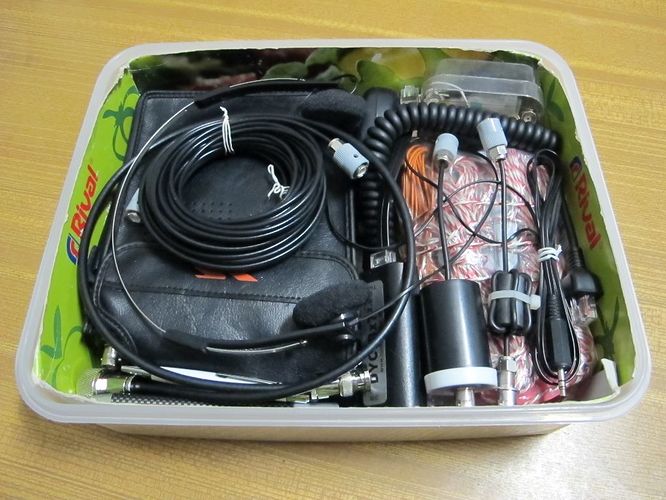I do the same with RG-58 and RG-174, both around 8 m long. Rolling the RG-174 I’m forming a loop with 4 or 5 windings first. With some practice it takes not so much time and it’s the version with the lowest weight and size. For deploying also rolling the loop in the hand.
73, Ludwig
